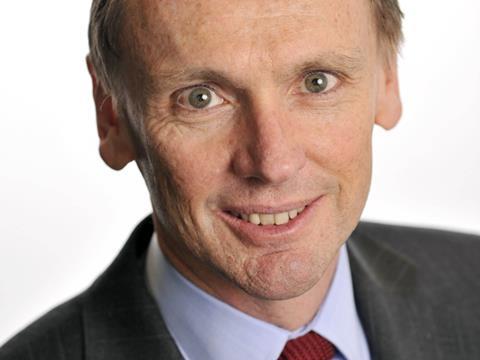
When M&S CEO Marc Bolland hired Alan Stewart as his new CFO in 2010, it was heralded as a match made in heaven. Bolland’s marketing skill and Stewart’s cost-cutting prowess would transform M&S’s fortunes.
But it hasn’t really turned out that way. Whereas at the time, the retailer’s house brokers were optimistically forecasting that by now M&S’s profits would have increased by 50%, in reality they have flatlined.
That failure doesn’t mean Tesco has made a mistake in poaching Stewart as its new CFO. The reason M&S’s profits have failed to take off is the poor sales of M&S clothing and homeware, which has little to do with Stewart. His task was to get the retailer’s costs under control and on that score he has done a pretty good job.
Before he joined, M&S had an inflation allowance built into the cost base of 3-4%, but he has brought that down almost to zero. The only exception is distribution where costs have increased sharply – as they have in other retail business – because of the growth of online.
Stewart has also been heavily involved in shake-up of M&S IT and supply chain, which is expected to deliver results this financial year, and helped control CAPEX spending. More than £100m was shaved off the original budget for the store transformation programme outlined in 2011 and now that the work is complete, annual CAPEX is being reduced from £710m to a long-run average of £500-550m.
Stewart also brings valuable experience from his three years as group FD of WH Smith, where he worked with CEO Kate Swann to consistently grow profit when almost every category the retailer operated in was in decline.
At Tesco, he’ll have to pull a similar conjuring trick. To compete with the discounters and win back share, it has to become more competitive on price and it can’t do that without compromising on profitability, unless it takes a long hard look at cost.






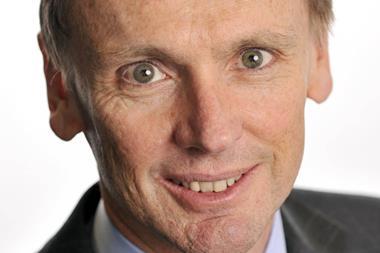
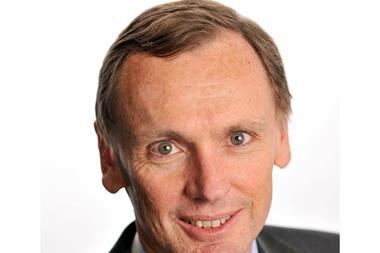
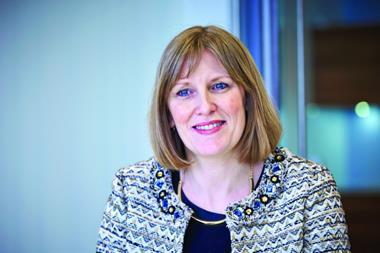
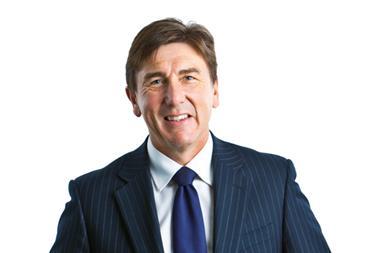
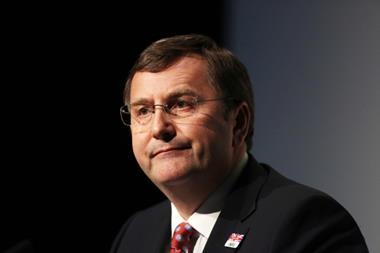







No comments yet